The simple light
According to some you always need strobes, according to some you never need strobes.
According to me you have to vary, use whatever you have available but most of all use it all.
Today a sample with some tips of how to transform a scene completely with the use of light, many thanks to Nadine for her amazing styling and posing.
Let’s first see how this scene looks with strobes.
Oh by the way this location is an old building just across the street from our studio, and streets here are 10 mtrs 😀
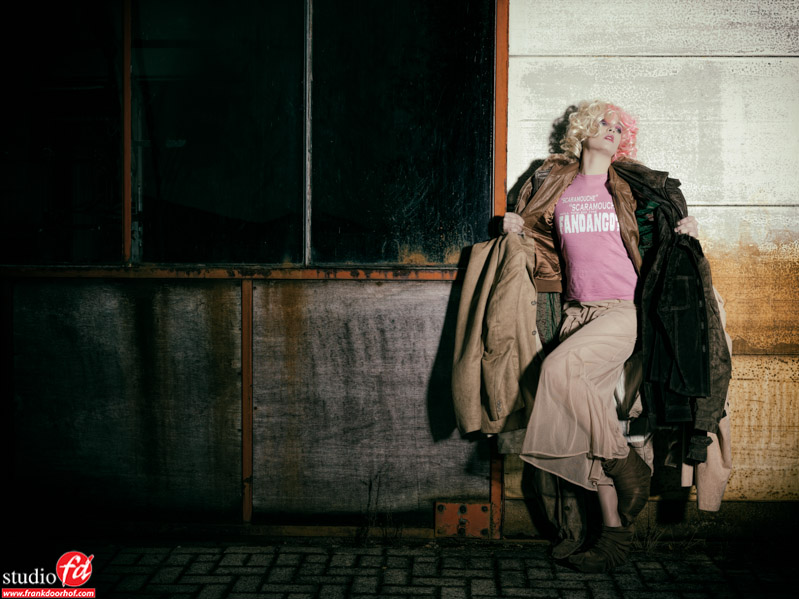 In this shot I just aimed the Elinchrom Ranger RX with Maxilight + grid straight at the model, a very simple setup that creates a high contrast image with a nice vignetting effect, but in this shot it’s all about the shirt, now let’s see what happens if we start chancing or own angle.
In this shot I just aimed the Elinchrom Ranger RX with Maxilight + grid straight at the model, a very simple setup that creates a high contrast image with a nice vignetting effect, but in this shot it’s all about the shirt, now let’s see what happens if we start chancing or own angle.
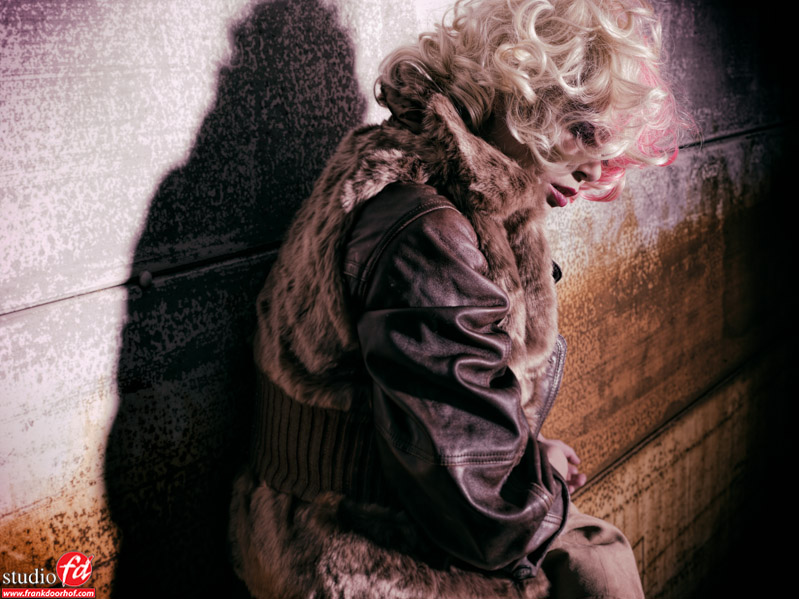 As you can see the difference is huge, from an almost flat light we are now going to a high contrast image, of course you can also choose to shoot from the other side but I like the shadows like this a lot more.
As you can see the difference is huge, from an almost flat light we are now going to a high contrast image, of course you can also choose to shoot from the other side but I like the shadows like this a lot more.
You can also choose a slightly less extreme angle and play with the light so that it creates what you want it to do.
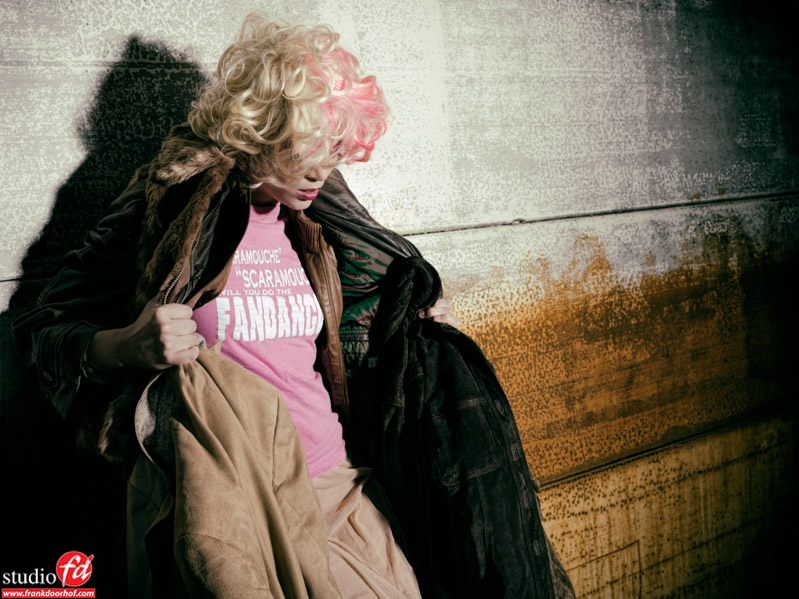 As you can see that one light setup actually creates a lot of different looks and it’s just a matter of moving your shooting position, but we’re not done yet.
As you can see that one light setup actually creates a lot of different looks and it’s just a matter of moving your shooting position, but we’re not done yet.
Reflections for me are some of the most interesting things to play with, but you can also play with something else.
We all know that if you shoot a strobe into a reflective window you end up with something that normally you don’t like right?
So we always have to think about the angle of incidence and the angle of reflection, this way for example we can make sure that we shoot someone with glasses without seeing the reflection in the glasses, BUT in this case I broke that rule, by shooting straight into the strobe I created a hot spot in the window, however I also placed my model in the angle of the light meaning she blocks off part of the reflection and creating a sort of “solar eclipse” which gives a really nice edge light around her head.
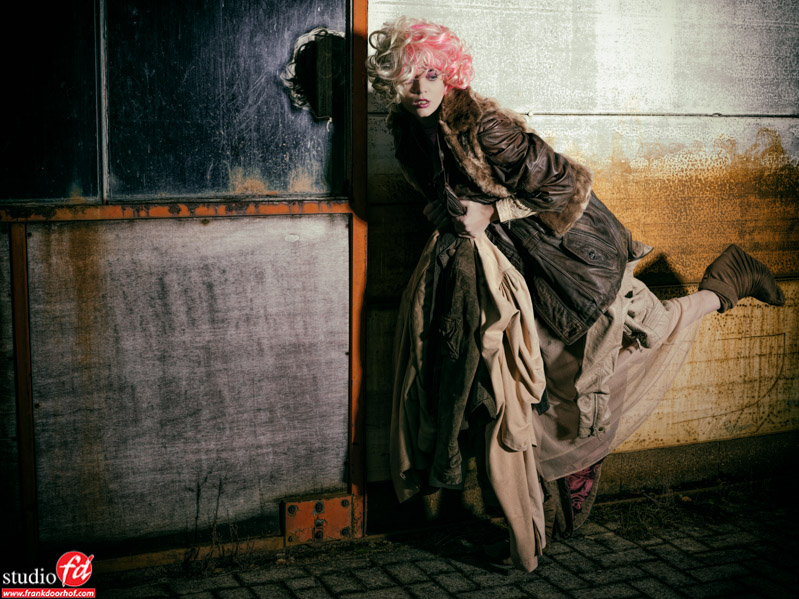 Ok so next up to the next part of this session.
Ok so next up to the next part of this session.
Because we now used strobes it was time to move on to natural light, you know the big light up in the sky, the free one…..
When shooting just with natural light you’re always depending on the quality of that light, however in my opinion there never really is bad light for model photography, it’s just the way we use it. In this case we had a very overcast sky so I opted to place the model slightly in the shade, this way if I expose for a correct exposure on the face the background will actually over expose as you can see here, I really like the effect that the wall get’s slightly lighter to the back, the effect here is very subtle but if you combine it with a bit more extreme light on location you get a very nice pastel like background, this technique also works very well when in front of windows.
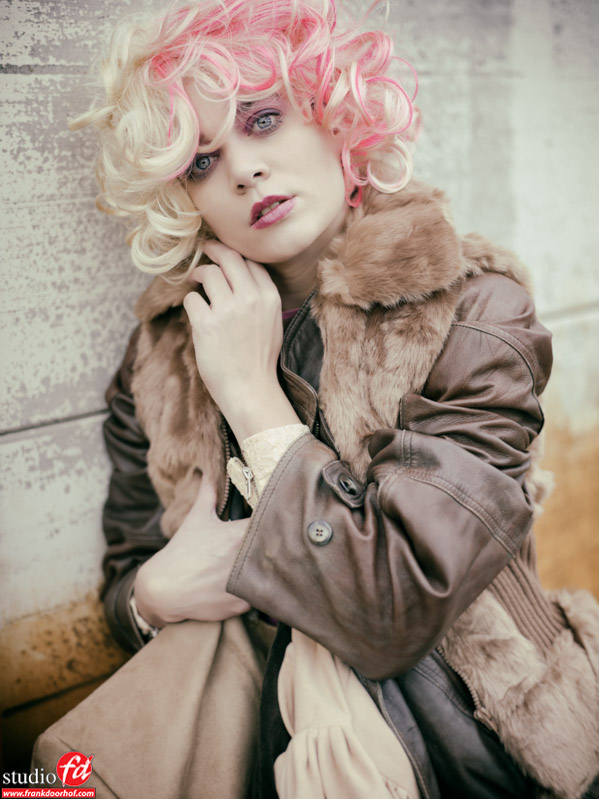
Now when we are on the topic off windows…
Remember the window that we used as accent light behind the models head?
Well let’s now use that as a part of the scene and use it in a completely different matter.
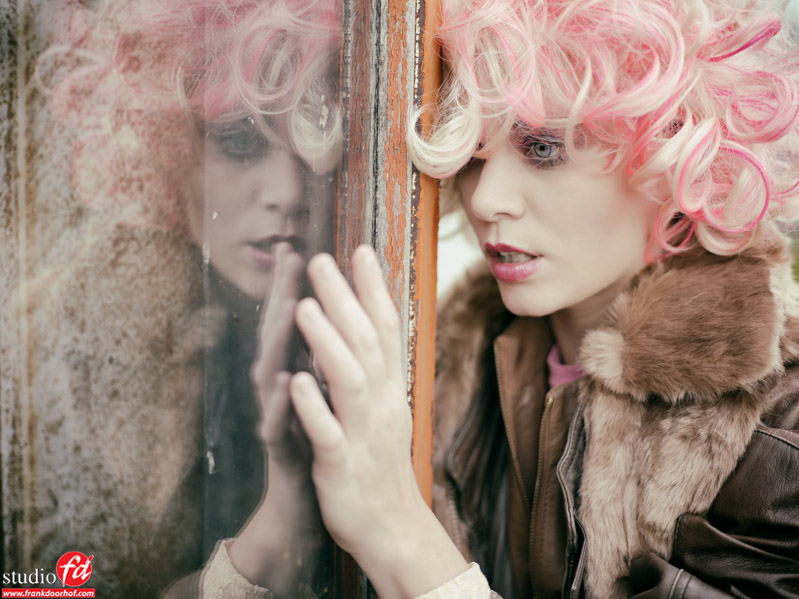
As you have seen in this blog post I’ve used a very simple location in many different ways, the whole set maybe took 10-15 minutes (a good model really helps) and only one strobe from the same location for all shots.
Light is often considered to be incredibly difficult, hard to control etc. while in reality you can actually make light do whatever you want, especially when we throw in strobe(s), light is the language of photographers, learn the basics and start experimenting, very soon you will find out that you can indeed control and manipulate your light every way you want.
If you like this blog post but want to read something that is MUCH more in-depth, more intense and covers many more aspects make sure to check out my new book “Mastering the modelshoot” it’s available from all stores and of course Amazon, you can order it here.

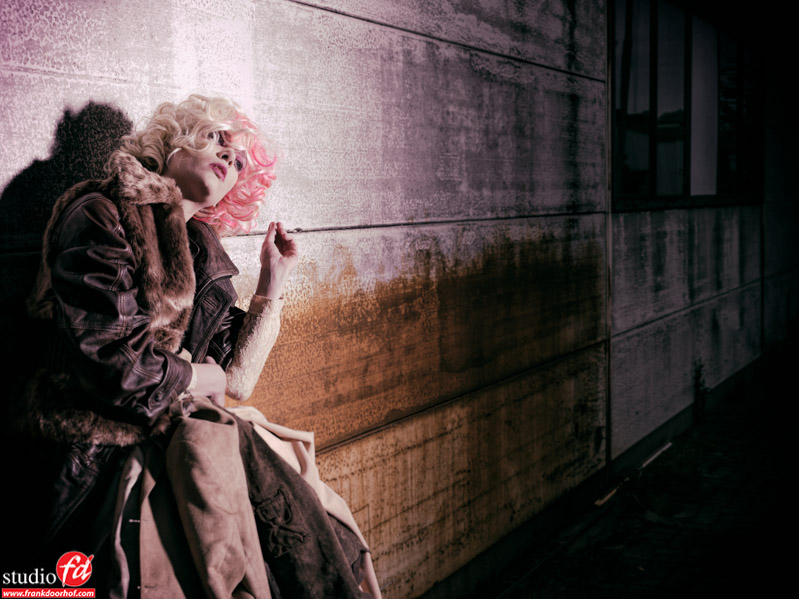

So in the last pic, you got the strobe to light up from behind the glass? or it’s positioned the same as the solar eclipse shot?
If you follow the shadow you can actually see the strobes path, it’s placed under an angle hitting the model and the model is right in the path, meaning her face will get the full “blast” and because she is “partly” blocking the light you see the halo in the window.